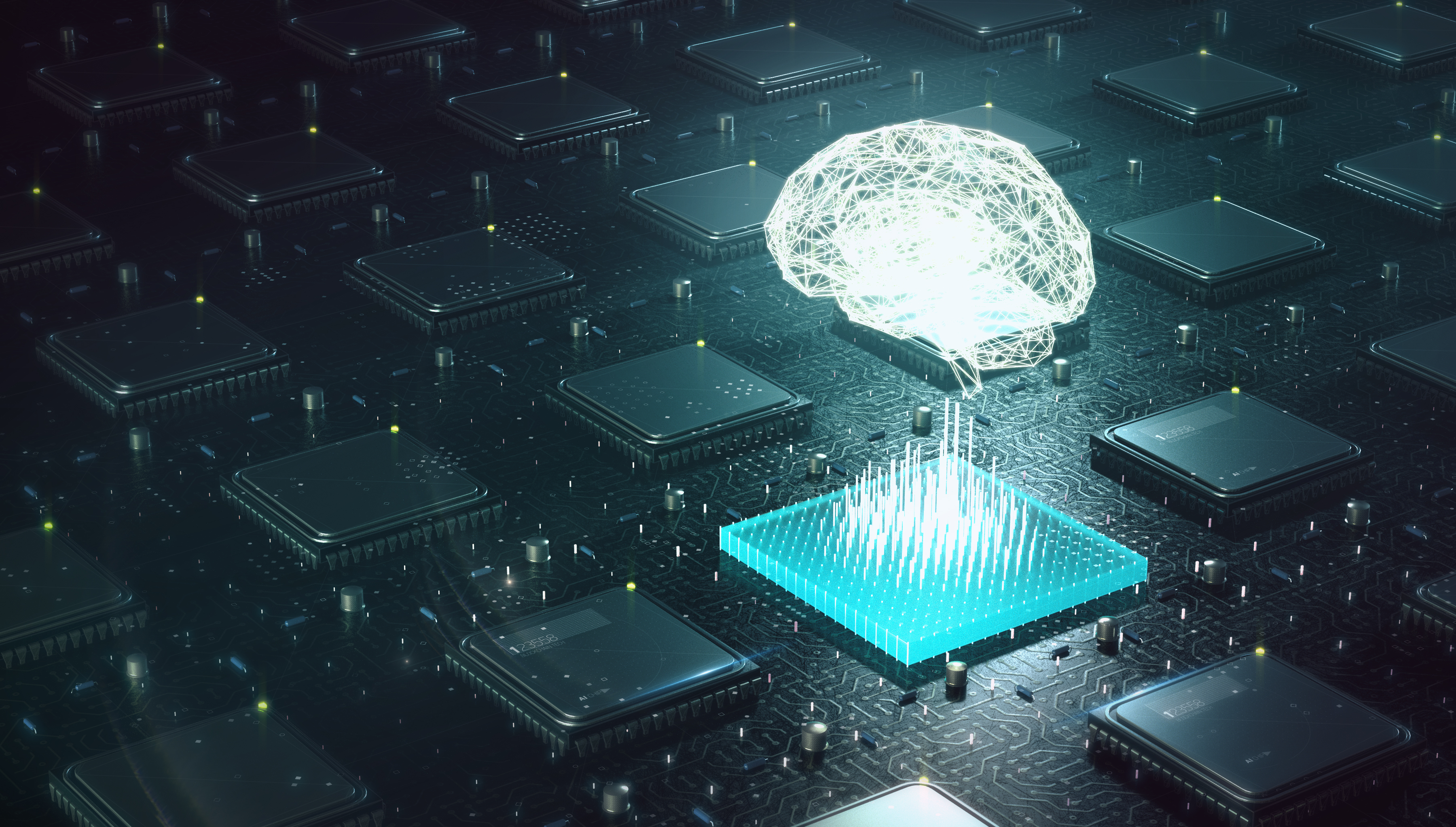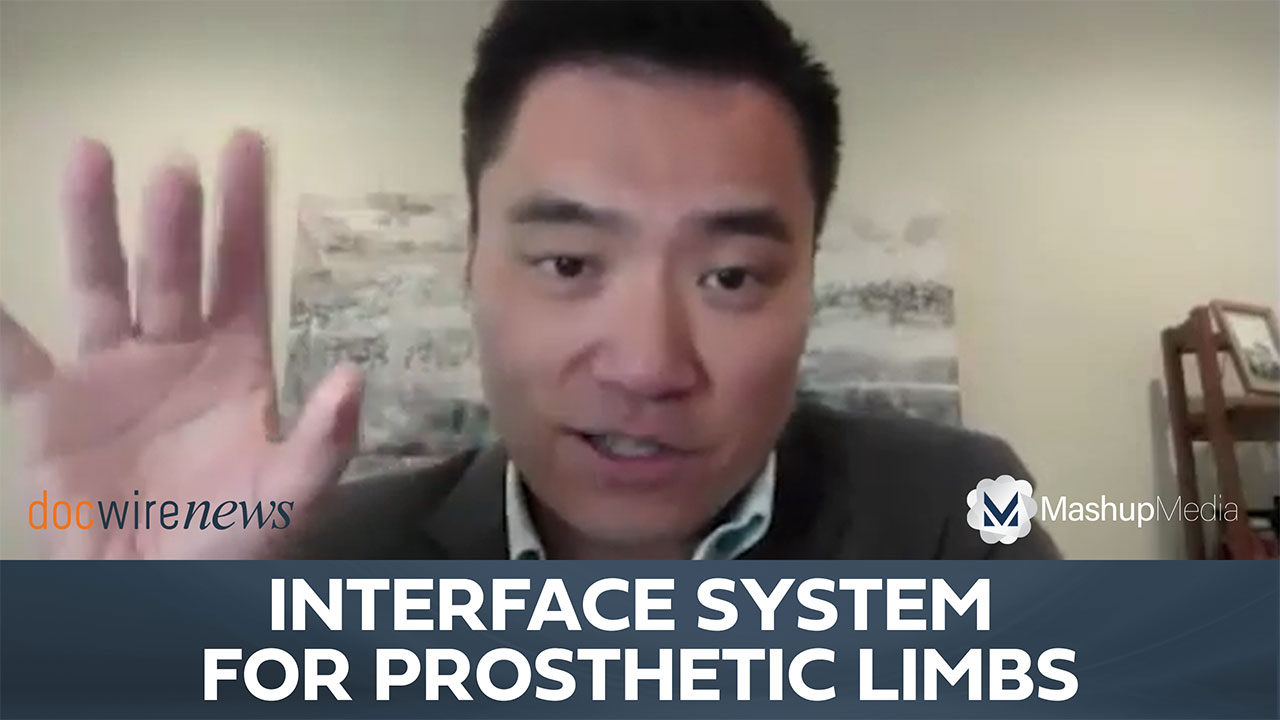
Researchers have recently created a deep learning algorithm that matches, and occasionally exceeds, the performance of expert radiologists in determining whether a thyroid nodule requires biopsy. There was no significant difference in sensitivity, but the artificial intelligence (AI) platform was found to improve the specificity of these biopsy recommendations, with seven of nine radiologists falling short to the tech in this department. There can often be disagreement regarding how to handle a thyroid nodule depending on the provider, but by employing this AI, radiologists may become more consistent across the board. This work was recently published in the journal Radiology.
The study was led by scientists from the Duke University School of Medicine in Durham, NC. Participants included three experts in thyroid nodule analysis, who use the American College of Radiology (ACR) Thyroid Imaging Reporting and Data System (TI-RADS), and nine other radiologists who also analyze thyroid nodules in practice. These professionals were asked to analyze 99 thyroid nodules, with their decisions being compared to post-biopsy diagnoses that were previously made, and to each other’s.
ACR TI-RADS was created in 2017 to help radiologists be more consistent in diagnosing thyroid nodules via ultrasound. It has been successful in improving consistency, however, there is high interobserver variability with this technique.
Mateusz Buda of Duke University School of Medicine’s Department of Radiology and colleagues reviewed over 1,200 patients who received ultrasound and fine needle aspiration (a type of biopsy) between 2006 and 2010. A total of 1,377 nodules were included with conclusive histologic/cytologic diagnoses.
The deep learning algorithm used in this study was described as having three distinct “stages,” those being nodule detection, prediction of malignancy, and risk-level stratification. In differentiating between the malignant and benign nodules, the AI recorded an area under the curve (AUC) of 0.87, on par with the 0.91 of the three experts and exceeding the mean score of 0.82 for the other nine radiologists.
The deep learning algorithm displayed 52% specificity and 87% sensitivity regarding biopsy decision making in the thyroid nodules. This matches the experts’ 51% specificity and 87% sensitivity, and outperforms the other radiologists’ 48% and 83%, respectively.
The researchers feel that their algorithm could potentially impact two different areas of healthcare – consistency between physicians and faster diagnosis of thyroid nodules. The process of analyzing a nodule can be time consuming and strenuous on the radiologists, and with this deep learning algorithm performing on par with professionals, it can greatly assist them in making their decisions.
AI challenges radiologists at recommending thyroid nodule biopsies – A deep learning algorithm trai https://t.co/P2l8QLHpwV #deep-learning
— into.AI – The Global AI Ecosystem (@into_AI) July 9, 2019







 © 2025 Mashup Media, LLC, a Formedics Property. All Rights Reserved.
© 2025 Mashup Media, LLC, a Formedics Property. All Rights Reserved.